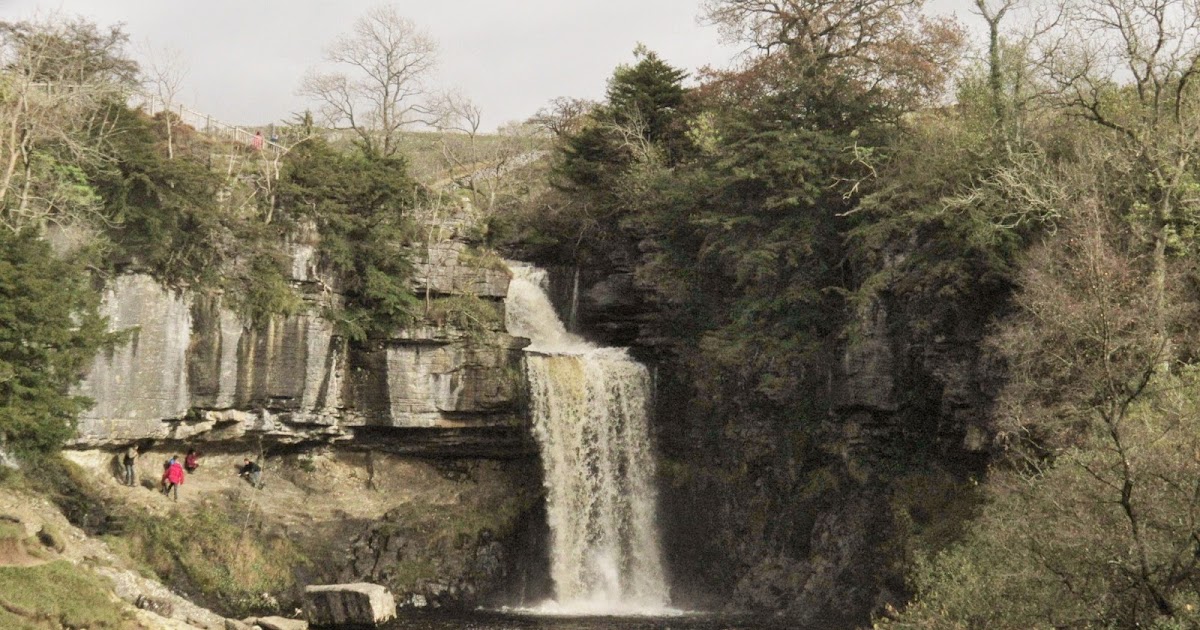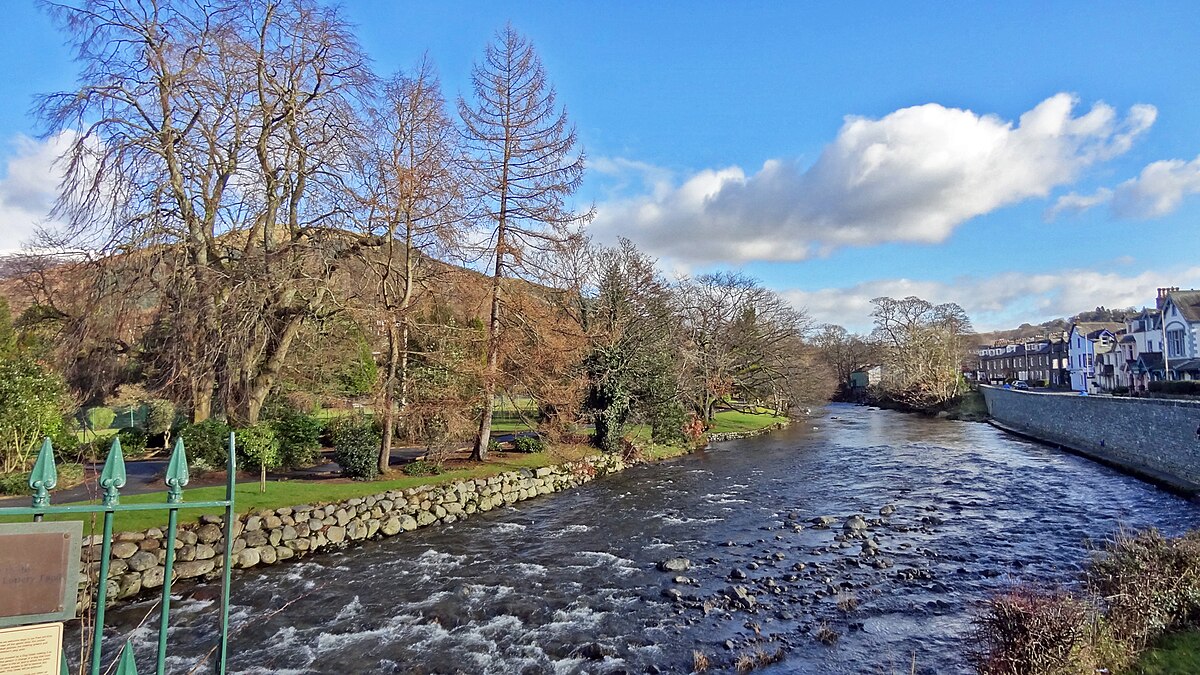langcliffe
Well-known member
Sorry - the date for Balderstones' book should be about 1890 (yes, there were two authors!).

Turns out that Balderston doesn't have second E
By 1870 the Secretary was another local character – Robert Richardson Metcalfe Balderston. Robert was probably to blame for our river names being switched. Up until Robert’s “Ingleton Bygone and Present” (1888), the Doe was to the west from Kingsdale and the Twiss came down from Chapel-le-Dale. All the modern writers agree over this too: Alfred Wainwright, David Johnson, John Bentley. Unfortunately, the Ordnance Survey based their map on Robert Balderston’s jumbled one and hence all the confusion.
Now, everyone uses the Ordnance Survey as the definitive source of the names unless you are a local angler; when you can choose which version you like best.
 ingletonanglingassociation.co.uk
ingletonanglingassociation.co.uk

"By 1870 the Secretary was another local character – Robert Richardson Metcalfe Balderston. Robert was probably to blame for our river names being switched. Up until Robert’s “Ingleton Bygone and Present” (1888), the Doe was to the west from Kingsdale and the Twiss came down from Chapel-le-Dale. All the modern writers agree over this too: Alfred Wainwright, David Johnson, John Bentley. Unfortunately, the Ordnance Survey based their map on Robert Balderston’s jumbled one and hence all the confusion."Although it seems that he wasn't the most reliable source:
Rules, History & Constitution, Risk Assessments - Ingleton Angling Association
ingletonanglingassociation.co.uk
'I know of no place in this kingdom where mountain, forest and water are more sublimely or effectively combined than in the two glens formed by the streams of the Twiss or Doe, and Greta,' wrote Harry Speight in 1892 - emphasising the confusing names given to the two creative bodies of water.

Depends on whether it's a possessive apostrophe (that was the dog's dinner) or a contractive apostrophe (isn't it good).My understanding is that an apostrophe means there’s a letter missing from the word. So it think Simpson Pot is right.
So the mistake was before that
But you are assuming there was a mistake before 1851, without having justified it. Maybe it was called the Twiss because it ran past Twistleton Manor.Because the OS switched them between 1851 & 1894, then went back again (it makes more sense for the Twis to be in Twisleton Glen & pass Twisleton Scars, although I haven't found an explanation for the name Doe). Alternatively the Twis & Doe are the same river & the Greta comes down from Chapel le Dale.
'Farmstead in the river-fork', v. twisla , tūn . The reference is to the narrow wedge of land formed by the union of Kingsdale Beck and the R. Greta: Twisleton Hall is about a mile above this confluence.
Confluence of two rivers can be seen in the names having the component twisla ('confluence') as in Twisleton and Haltwhistle;

WEEZE, v. Also weese, wease.[wi:z] 1. To ooze, exude, to emit oily matter or moisture (Sc. 1808 Jam.).

Middle English wesand, from Old English *wǣsend gullet; akin to Old English wāsend gullet, Old High German weisunt windpipe

swill (v.)
Old English swilian, swillan "to wash out, gargle," probably from Proto-Germanic *swil-, related to the root of swallow (v.). Meaning "drink greedily" is from 1530s.

